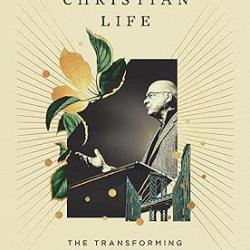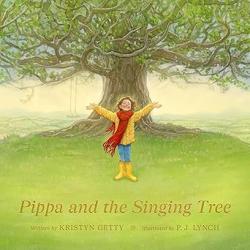This post is part of a series walking through the second volume of Abraham Kuyper’s Common Grace.
By way of contrast with both the Roman Catholic and Anabaptist perspectives (discussed in previous posts), the Reformed confession holds to a creational unity between nature and grace. This unity is found in the Decree of God that precedes the foundation of the world, and is the place where grace and nature have an “original connection.” (94)
The fall of man was a corruption or our nature rather than a removal or mutilation. Yet still our natural powers, though turned away from God, remain subject to Him. Common grace, as we’ve seen, is the tempering and restraint of these powers.
“And it is in this sense that we teach, on the one hand, the total corruption of our nature by sin; this means that in its corruption, our nature, if left to itself, would immediately surrender itself as prey to eternal death. And we teach, on the other hand, that in the actual life of humanity we have our eyes open to the continuing rich development of which humanity proved capable and to so many beautiful things in humanity that come to manifestation. The dogma of the corruption of our nature through sin tells us what would become of us if God let go of us; the dogma of common grace tells us what can and does still flourish in our human race because God preserves us.” (95)
So we see total corruption and ongoing good, as we see implied in Romans 1 and worked out in world history as well as in our own experience. Common grace is woven into our created selves, as creation and grace are made for each other. Grace is not an emergency stop-gap or plan B. Rather it was planned from eternity past–even to the point where Kuyper argues that ‘before the foundation’ language implies that before the plan of creation itself was laid, grace and nature were designed to go together. (96-97) Man as a display of God’s glory was the point, and creation was made with an eye to its means of restoration just as architects build in such a way that allows for repairs to be made. This is unlike, say, a china cup that has been smashed and cannot be fixed.
We see how all of this matters especially with regard to spiritual beings. Man was made repairable; angels were not. This repairability is in our nature, which means there is already within us the space for both common grace and particular grace. This was how God choose to make us, rather than being a flaw in the design resulting from the fall.
Likewise, we see in these arguments why election is also tied to the pre-foundation plan of God. Our salvation is the result of
- our ability within our natures to be saved;
- God’s saving ‘work of grace.’ (101-102)
Kuyper’s example here is that of medicine. Medicine works in us because we have the kinds of bodies which work well with certain chemical and biological agents. In the same way, God’s grace works in us because we are the kinds of creatures who respond to God’s grace. This is true of particular grace, but also ‘albeit in a modified manner’ to common grace as well. With common grace, perhaps a better example than medicine (thinks Kuyper) is that of a lion tamer, as such an image implies:
- domestication;
- training;
- taming.
Still, even in the case of common grace we see our in-born ability ‘to become tame, to respond to training and taming.’ (102) Clearly we see some diversity in human behavior here, but even that is woven into our created natures.
Dr. Coyle Neal is co-host of the City of Man Podcast and an Associate Professor of Political Science at Southwest Baptist University in Bolivar, MO












